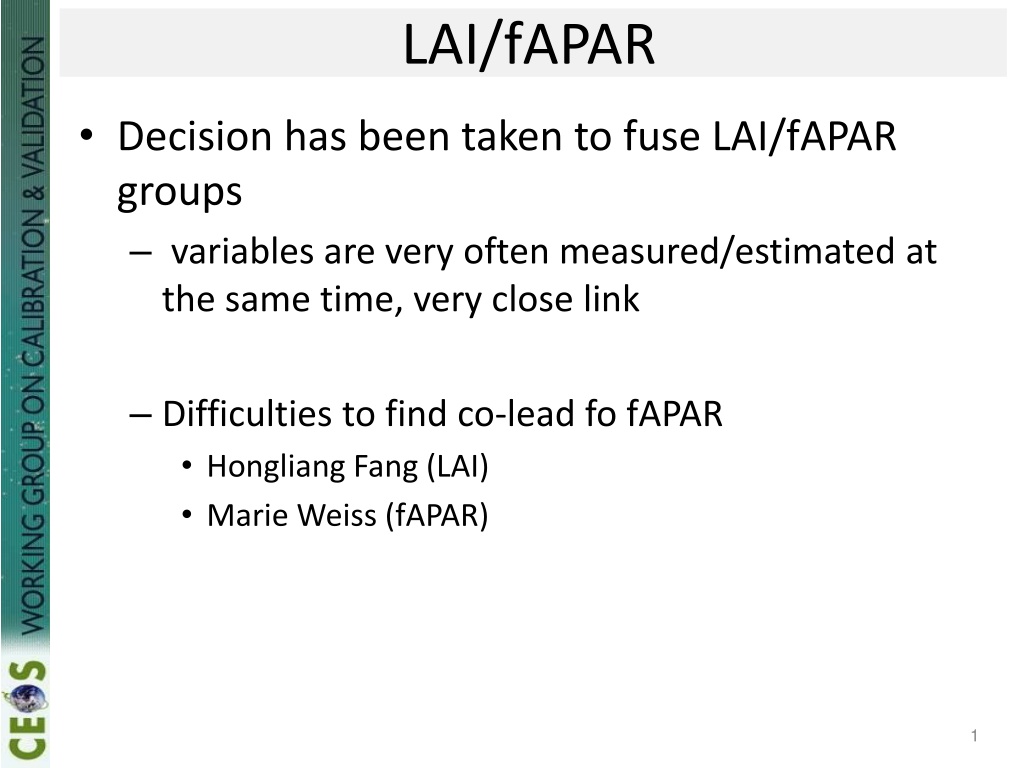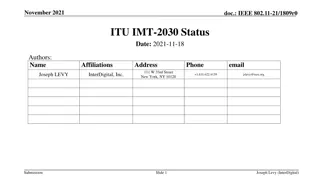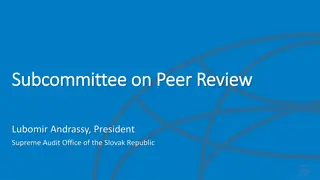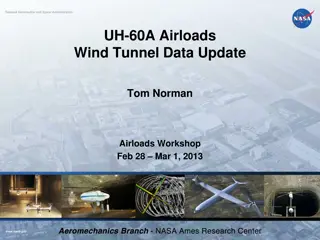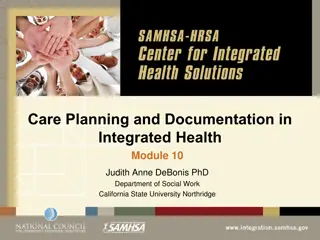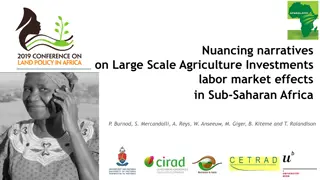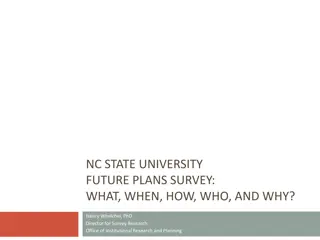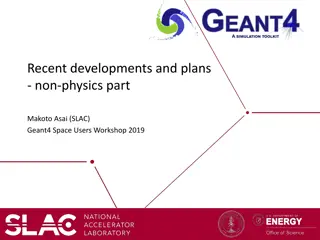Recent Activities and Future Plans in LAI/FAPAR Research
Recent developments in Leaf Area Index (LAI) and Fraction of Absorbed Photosynthetically Active Radiation (fAPAR) research include sessions at IGARSS'19, project updates on S2 LAI/fAPAR validation, and plans for data-sharing platforms. Scheduled actions involve reviewing web pages, updating protocols, and exploring data-sharing solutions. Collaboration efforts with researchers and institutions aim to enhance global vegetation monitoring and validation activities.
Download Presentation

Please find below an Image/Link to download the presentation.
The content on the website is provided AS IS for your information and personal use only. It may not be sold, licensed, or shared on other websites without obtaining consent from the author. Download presentation by click this link. If you encounter any issues during the download, it is possible that the publisher has removed the file from their server.
E N D
Presentation Transcript
LAI/fAPAR Decision has been taken to fuse LAI/fAPAR groups variables are very often measured/estimated at the same time, very close link Difficulties to find co-lead fo fAPAR Hongliang Fang (LAI) Marie Weiss (fAPAR) 1
Recent Activities Special LAI/FAPAR session in IGARSS 19 (https://igarss2019.org/) Session MO4.R12. Monday, 29 July, 16:20 18:00. Registration opening. on Mar 29, 2019. Attendants welcome to meet after session at dinner. FAPAR focus area lead Dr. M. Weiss visited Beijing, China (Mar 19-29, 2019) Gave talks in various institutes about Derivation of global vegetation products from European medium resolution sensors MODIS, GEOV2, and GLASS LAI representatives met and discussed current product uncertainties and further validation activities Discussed about a platform to share global decametric resolution reference LAI. Publications H. Fang, F. Baret, S. Plummer, and G. Schaepman-Strub, 2019. An overview of global leaf area index (LAI): Methods, products, validation, and applications, Review of Geophysics. http://dx.doi.org/10.1029/2018RG000608 Remote Sensing special issue Remote Sensing of Biophysical Parameters (deadline: May 22, 2020). Editors: J. Garc aHaro (U. Valencia), H. Fang (CAS), and M. Campos- Taberner (U. Valencia) http://www.mdpi.com/journal/remotesensing/special_issues/Biophysical_Parameters 2
Recent Activities P2S2 project for S2 LAI/fAPAR validation on going: 814 ESUs sampled in one year (DHP). 9 main crop types Development of an automatic DHP processing (deep learning) achieved. Datapaper in preparation 3
Action scheduled for the next future Review the web pages (LAI done/FAPAR tbd) Newsletter (end of the month) Update the LAI protocol document. Complement it with fAPAR (Q4) Datasharing platform needed!! S2 is global: super sites are not enough! Many initiatives to measure LAI and fAPAR at 10m resolution, much more easy than coarse resolution Characteristics of the datasharing platform People can freely provide their dataset (either the data or the link to the data) with associated documentation, providing they followed measurement protocols follow the FAIR principles (Findable, Accessible, Interoperable and Reusable) 4
Action scheduled for the next future Existing solution to be explored INRA ready to share their service https://data.inra.fr/ DOI attribution to the data or integration of Data having already a DOI Access available for external people (to be tested) First test to be done with P2S2 Then integration with other initiatives from the LPV group (Hongliang, Fernando), GBOV (?), Contact FLEX people (?) 5
